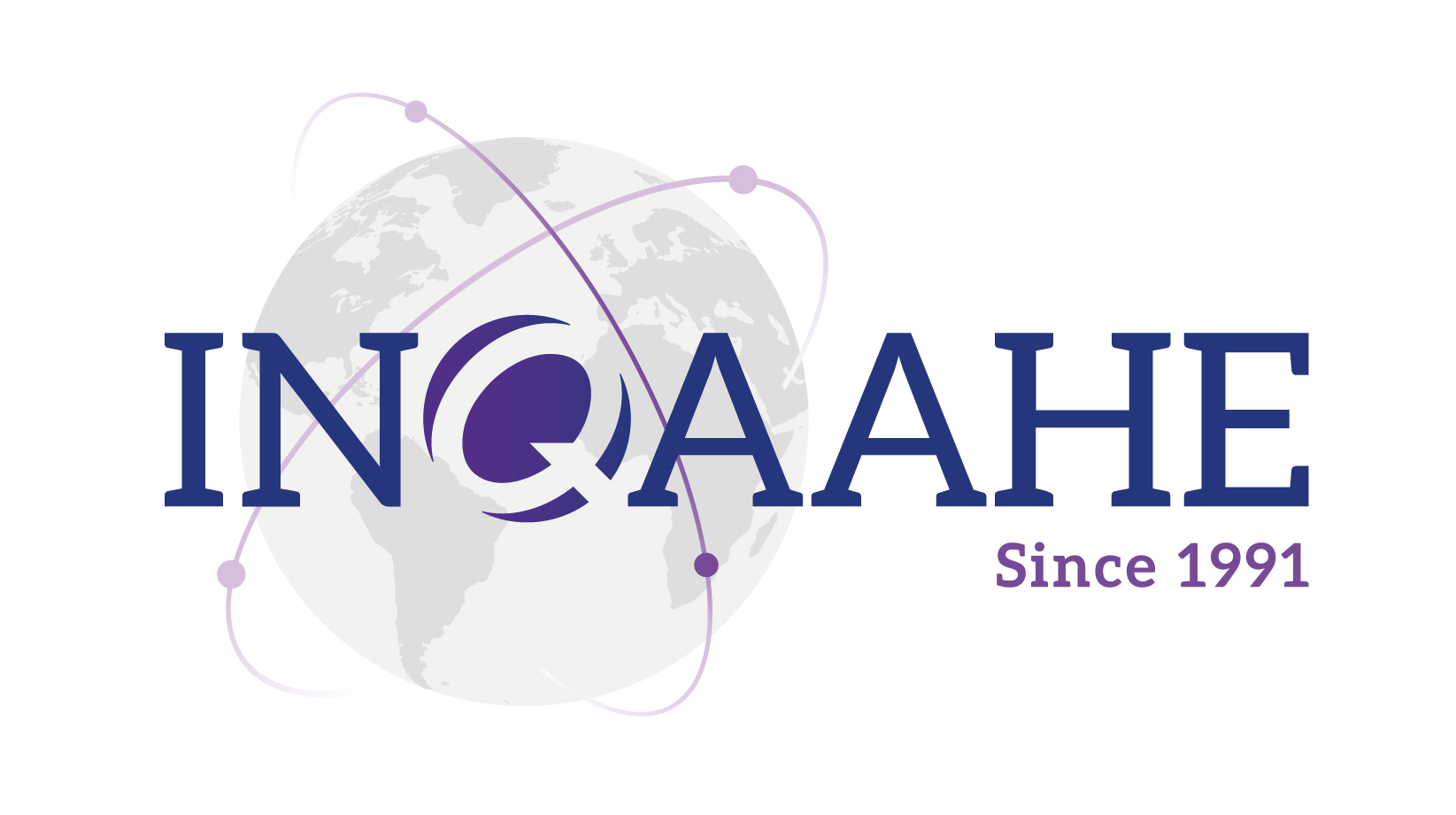III Seminar on University Quality: Ensuring the quality of education in times of uncertainty. Universitat Oberta de Catalunya - February 3, 2022
This was the question posed in the 3rd Seminar of the Master’s degree in Assessment and Management of Quality Assurance in Higher Education from UOC (Open University of Catalunya) to Dr. Anna Prades (AQU INQAAHE), Dr. Guy Haug (international expert) and Dr. Martín Strah (CONEAU).
Dr. Anna Prades, INQAAHE Treasurer, used a sentence of Roberto Igarza to illustrate the heterogeneity of the Higher Education system and the External Quality assurance agencies (around 332 worldwide, according to Karakhanyan, 2020): “we come from a plurality of histories and we will have a diversity of futures”, our globe is huge and neither there is a unique conception of quality nor the pandemic has affected in the same way to all the countries, and even within one country, the continuity of the higher education experience is dependent on having connections with quality. If, as Ton Vroeijenstijn said, “it is a waste of time to look for a definition of quality and the best we can aspire of is to know what it is according to the key stakeholders,” we should ask ourselves if the current changes are affecting the perceptions of these stakeholders. She hypothesized that the emergency remote teaching and the increasing trend in flexibility of modes of delivery of higher education has not changed the perceptions of quality of higher education stakeholders (students, governments, employers, teaching staff, etc.), all of them continue expecting and attributing the same values from higher education. Nevertheless, there are trends prior to the pandemic more pervasive that are indeed affecting the concept of quality, such as the shrinking of the middle class, the uncertainty of the professional and financial future, the political unrest, the doubts about academic integrity (such as contract cheating and scandals about unfair access), the debate whether higher education is allows for a meritocratic society, or, on the contrary, legitimates existing differences, the apparition of new higher education providers and short learning programs (e.g. badges and micro-credentials). Thus, for instance, the Office for students in UK affirm that quality is not possible without equality of opportunity, and Dr. Susanna Karakhanyan states that “Quality is the acceptance or recognition of HE outcomes and outputs by its key stakeholders and society at large”.
Dr. Guy Haug considers that the concept of quality assurance has been a plural one, and it is important that it continues being plural since this plurality is what allows it to adapt the outputs of higher education to the local needs and conditions, and the outputs of external quality assurance to the needs of the higher education system. Dr. Haug maintained that quality can only emerge where a HEI is able to interact with its environment; thus, it is important not to apply rigid schemes of quality assurance and to focus on the key responsibility and the autonomy of the institution. He pointed out that there will be an end to the pandemic, but there will not be an end to the uncertainty (Will future graduates have a job? What will technologies of the future be like?). Quality is, he said, independent of the mode of learning, and in the future, there will be more diverse modes of delivery and we will no longer refer to face-to-face and online learning as separate modes. He pointed out that quality should not be constricted to the academic quality (i.e. teaching and learning processes): “global” quality depends also on the relevance of what is learned; we tend to be too worried about inputs (study programmes, teaching staff, resources, etc.) and not enough about the actual learning outcomes generated by these inputs. He stressed that the real function of external quality assurance is to assess the contribution of HEIs to the economy, society and the world – not to evaluate them as if they were a closed and isolated entity
Dr. Martín Strah commented that quality assurance is a non-ending cycle of continuous improvement. He defended that the key element of quality assurance is that it pushes to continuous improvement. To illustrate this point, he used the analogy of a still photography, that captures the reality in a moment of time, compared to a series structured in different seasons, where one is able to see, season after season, the changes that have taken place. Thus, the external site visit, the accreditation of the programme or of the institution, is not an ending point of the quality, but another point towards the improvement of said programme or institution. He explained that in Latin America there has been an implosion of universities and degrees, where a few countries have more than 3.000 HE institution (one country created 1.000 universities in 10 years); this has challenged the system that has not gone hand in hand with an increase of higher education students. Dr. Strah defended that quality assurance activities must be different responding to the different national challenges. He also suggested that a key role of EQAs is to ensure the quality of the whole system of HE, to avoid, for instance, differences between universities in rural vs urban areas, i.e. to ensure a homogeneous quality so that there is not a university for the poor and a university for the rich.

